
John Dupra is changing the way people select and buy hardwood flooring. His story about the creation of Revel Woods offers some valuable ideas about how others might bring the building industry into the age of e-commerce.
What can we learn about Revel Wood’s approach to making a technical buying decision, easy? How could you apply a similar strategy to put your customers’ project first?
A Background in Hardwood Flooring
John grew up in the flooring industry. His father was a sanding and finishing contractor and John himself first started his career selling sandpaper to wood finishing contractors.
When his father turned from contracting to timber wholesaling, John moved back home to Rochester, NY to help out.
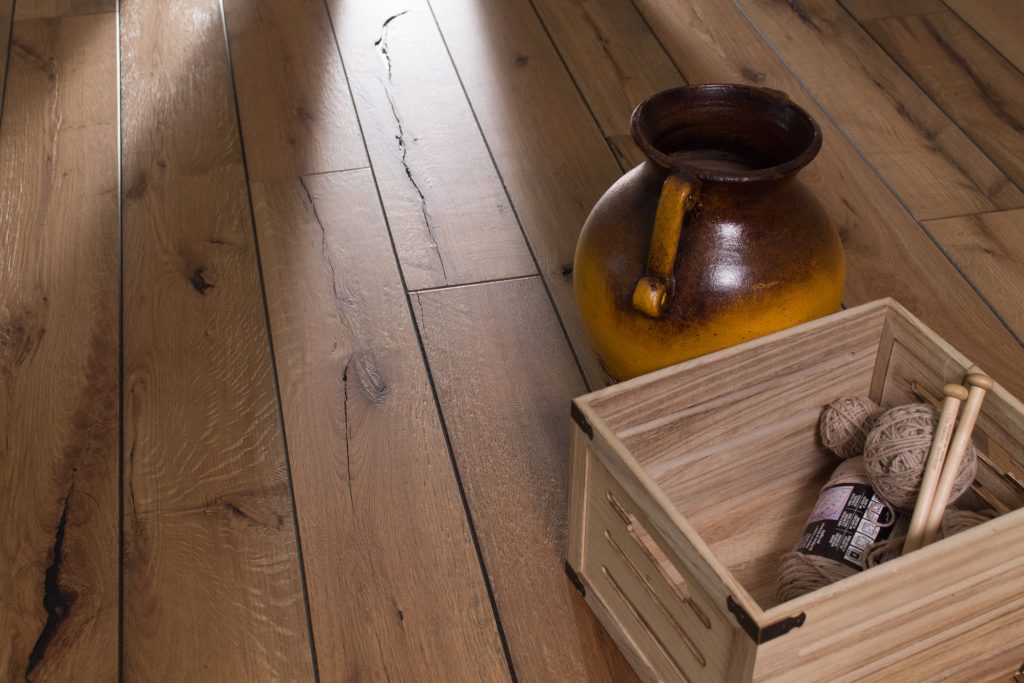
The Age of E-Commerce
John explains that the advent of e-commerce has brought significant change to most industries. A decade ago, who would have considered purchasing a mattress online? Now, in early 2020, the online mattress retailer Casper is valued at $1.1 billion and looking to go public.
Another inspiration for John and his co-founder, was the on-line clothing retailer, Trunk Club. I remember the first time I heard about Trunk Club. It was one of those moments when the idea seems completely obvious in retrospect. A total “why didn’t I think of that?” moment.
Casper and Trunk Club are examples of making the buying process really easy. Their strength lies in systems that simplify the complicated. Customers provide some basic information about their preferences and needs and are then presented with a small number of curated choices.
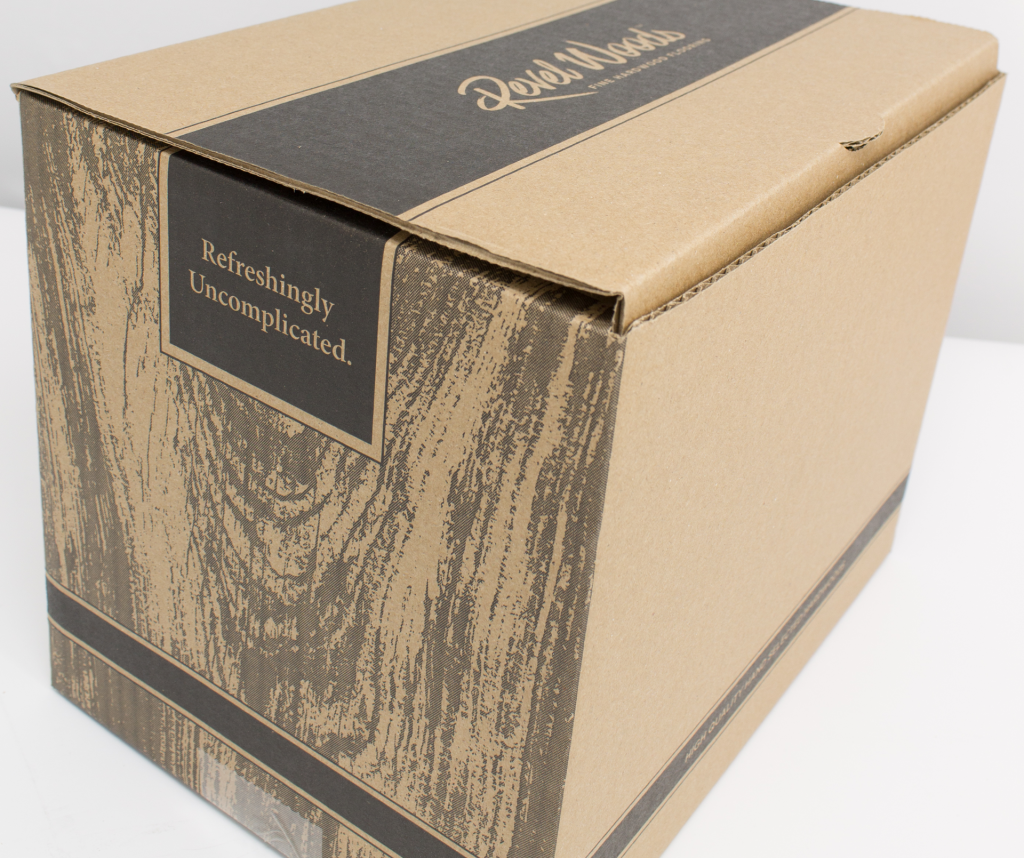
Both Casper and Trunk Club further reduce buyer anxiety by making it really easy to return items that aren’t wanted.
This is the brave new world of customer-centric, algorithm-driven e-commerce.
John and his co-founder, wondered, why could a similar model not be applied to the hardwood flooring industry? This is a valid question for the rest of the building industry.
They asked “what would the future look like?”, and “why don’t we be the ones to build it?”
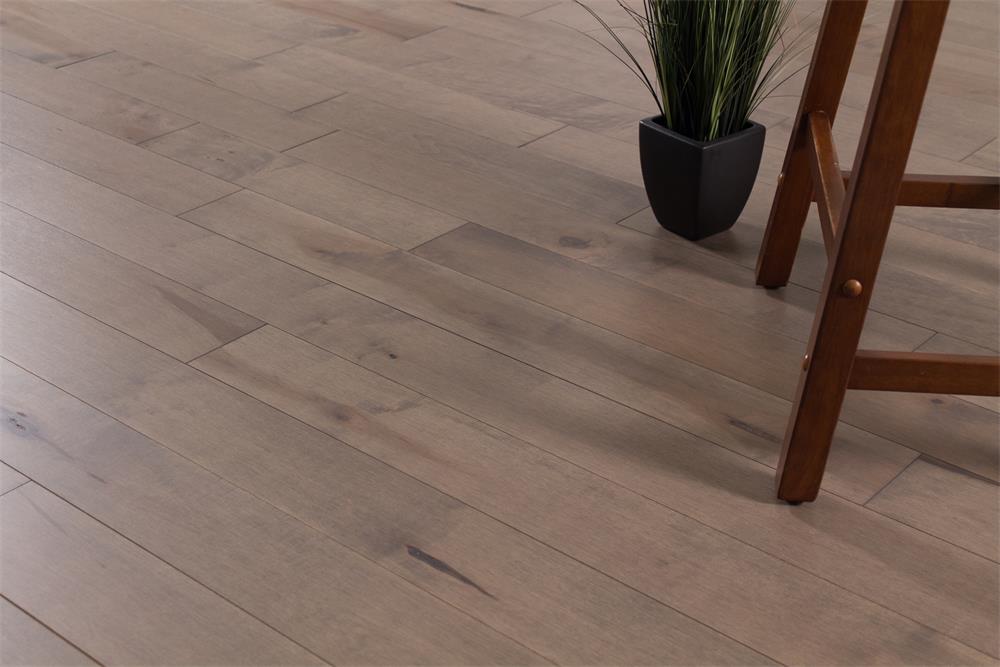
From Product Focus to Project Focus
Hardwood flooring has been a very product-focused industry, explains John. The problem is that some products will work well in certain locations and for certain projects, but not in others.
Rather than a product-based sourcing method, Revel Woods now applies a project-based method to come up with viable solutions for their customers to choose from. Revel Woods asks customers about their project first. The customer is then only given options that will match their location, intended use, and style preference.
Make Sampling Simple
Copying the Trunk Club system, Revel Woods sends customers a sample box. This is important, explains John because timber needs to be seen in place for colour, sheen and texture. Colour and sheen can appear different throughout the day as the light changes. Sending samples out to customers is much more powerful than a short visit to an artificially lit showroom.

What exactly is Hardwood Flooring?
The true definition of hardwood flooring has been controversial, explains John, but there are three main types:
- Solid wood: Fairly self-explanatory, solid wood is nice but doesn’t work well in some situations such as directly on concrete.
- Engineered wood: This has a top veneer of actual hardwood with the layers underneath made of some other type of wood. Often the substrate will be plywood with alternating grain direction, making this solution more stable.
- Composite engineered: Again, the top layer is real wood but the base layer is some other composite, possibly vinyl.
Hardwood Flooring and Sustainability
Wood is an aspirational product. “That’s why they make vinyl look like wood”, John points out.
John argues that specifying wood creates demand, which in turn supports the timber industry to grow more trees. When there’s demand for timber, forests get planted and maintained.
“…from a lifecycle analysis standpoint,” John explains, “…wood flooring is the only floor covering that will spend more time as a floor than it would take to replace the materials that made it”.
In many parts of the US, forests are being replenished at a greater rate than they’re being harvested, because the economics makes sense.
Are engineered timber floors more or less sustainable than solid timber? It depends. John explained that the yield rate – the amount of useful product from a given log – is much greater with engineered products. Because less goes to waste, using ply substrates, for example, can be more sustainable than fully solid boards.
Flooring and Fashion
Revel Woods recognise the importance of style and aesthetic. They’ve even partnered with apparel brand Eddie Bauer to provide a line of fashionable flooring.

Hardwood Flooring Selector Tool
It only works with a US zip code, but it’s worth checking out the Revel Woods hardwood flooring selector tool for yourself.
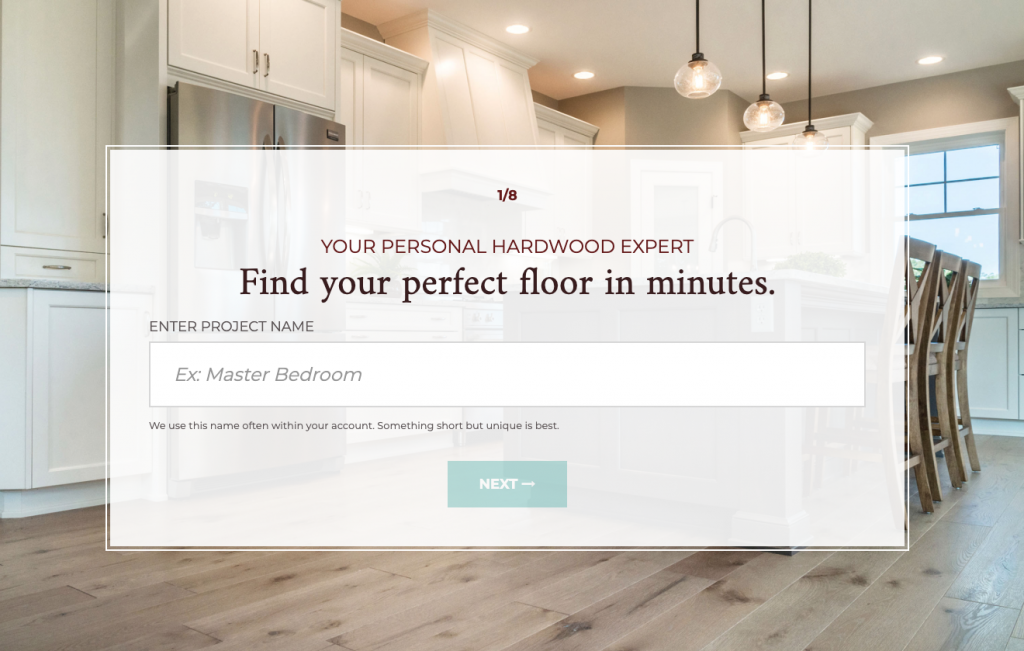
Housing, E-Commerce and the Future
John’s story is a great example of putting the customer and the project first. Revel Woods have developed a user-friendly website and an algorithm-driven selection process to make a technical decision, accessible to anyone. How could the lessons of Revel Woods and Trunk Club before them, be applied further across the building industry?
What does the future look like for your product or service, and why don’t you be the one to create that future?
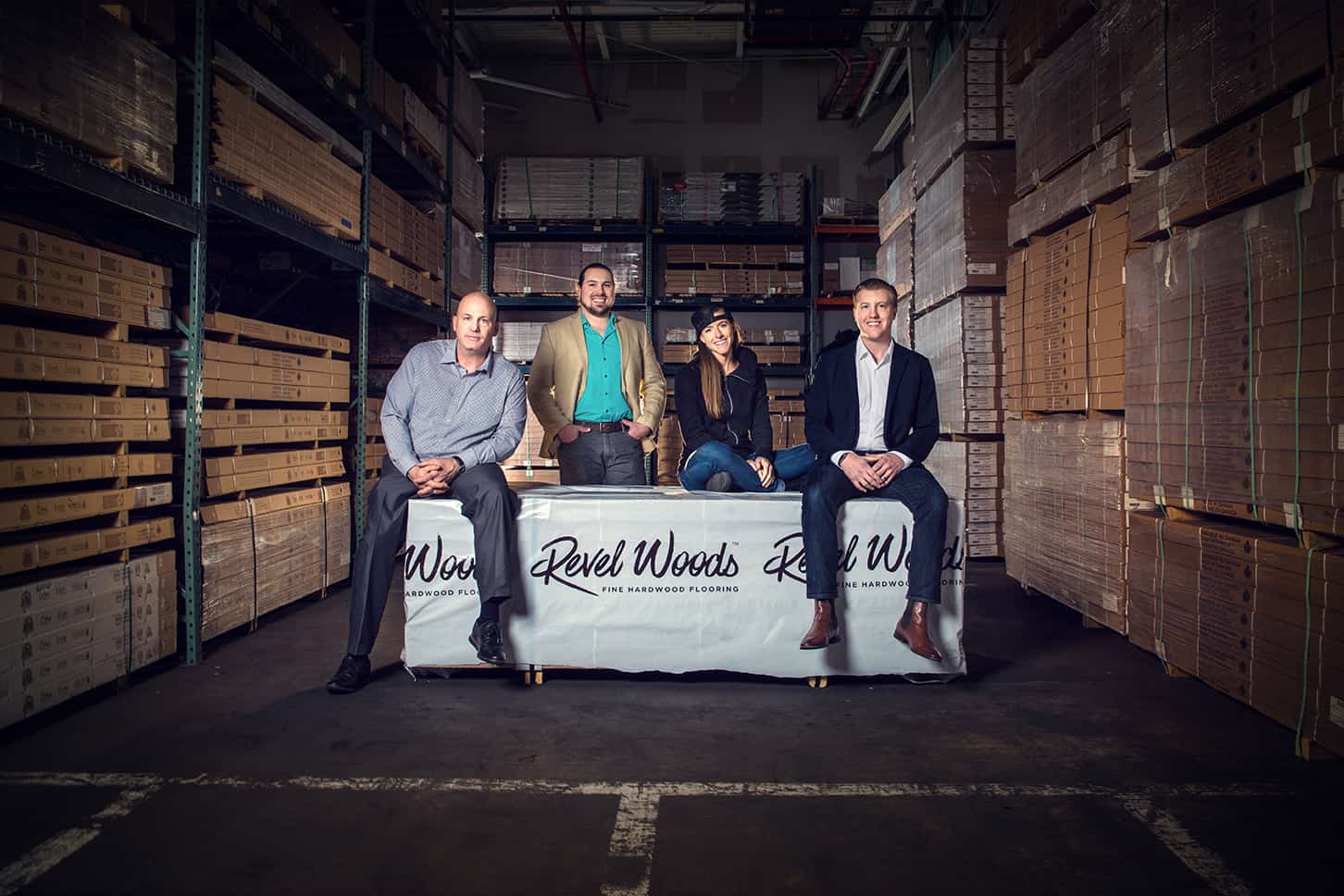
Leave a Reply